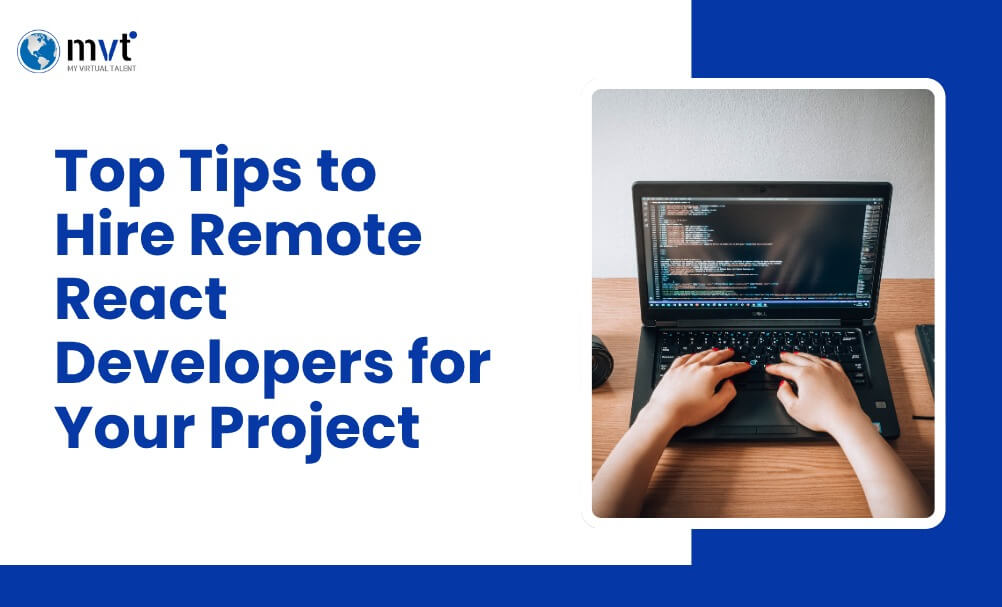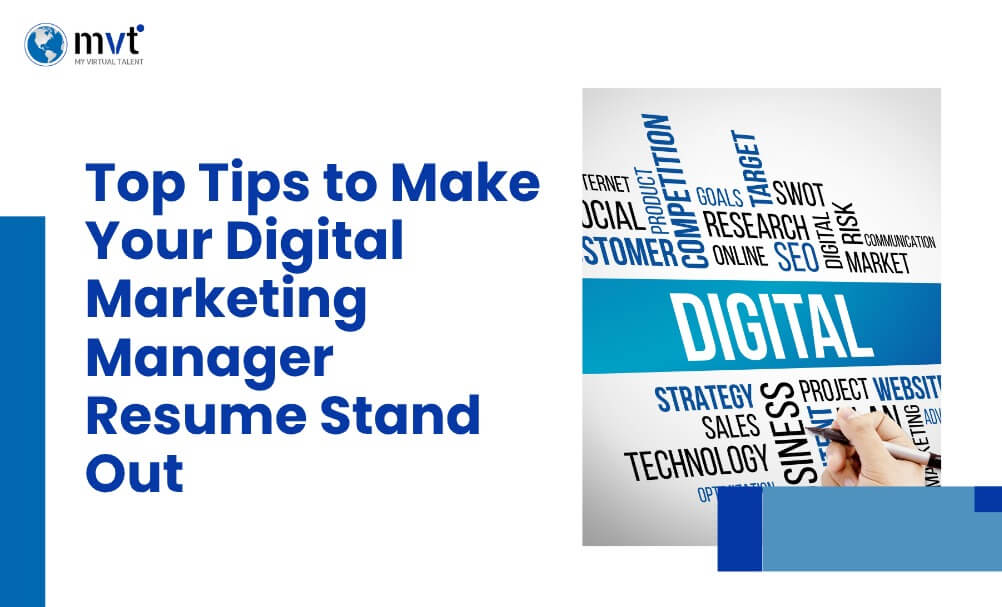
Remote work has grown fast in the past 10 years, with a huge 159% increase worldwide. This change gives companies more freedom and access to talent from anywhere. But it also brings new challenges, especially when hiring and training virtual employees.
When someone joins your team but works from a different place, how do you make them feel welcome and ready? How do you help them understand your company’s goals and work style if they’ve never met you in person? That’s where this guide can help.
We’ll talk about why onboarding and training virtual employees is so important. You’ll learn about the common problems in remote work and how to solve them. We’ll also share easy and useful ways to make the training process smooth, fun, and effective.
By the end, you’ll have smart tips to help your remote team grow, stay happy, and do great work, no matter where they are in the world.
Why Onboarding and Training Virtual Employees Matter
Onboarding and training are very important when hiring virtual employees. It’s not just about saying “welcome.” A good start helps new team members feel happy, stay longer, and do better work.
Studies show that businesses with a clear onboarding plan keep 82% more of their employees and see over 70% higher productivity. That’s a big difference!
For virtual employees, onboarding matters even more. Working from home can feel lonely. New hires might feel left out or unsure about what to do. That’s why it’s so important to make them feel like part of the team right away.
Training is also key. It helps virtual employees learn their tasks and understand your company’s bigger goals. When workers know what to do and why it matters, they feel more confident and do better work.
In short, when you take the time to onboard and train your remote team properly, everyone wins your employees, your team, and your business.
The Challenges of Onboarding and Training Virtual Employees
Onboarding and training virtual employees can be tricky. Unlike in-office settings, remote work brings new challenges that need smart solutions. Let’s look at some common problems businesses face when onboarding remote team members.
1. Lack of Face-to-Face Communication
In an office, it’s easy to ask questions and get instant help. But for virtual employees, there are no casual chats or in-person training. Important messages can be misunderstood or missed.
2. Building Trust and Connection
It’s hard to build strong relationships through a screen. Virtual employees may feel alone or unsure about who to turn to. This makes trust and teamwork more difficult.
3. Technology and Time Zone Barriers
Remote teams often work in different time zones. Scheduling meetings and training sessions can be hard. Tech issues like slow internet or app problems can also slow things down.
4. Creating a Sense of Belonging
New remote hires may feel left out. Without office activities or team lunches, virtual employees might struggle to feel like part of the team or the company culture.
5. Clear Roles and Expectations
Without regular check-ins, virtual employees might not fully understand what is expected of them or how their work will be reviewed.
Step-by-Step Guide to Onboarding Virtual Employees Successfully
1. Pre-Onboarding Preparation
Start setting new hires up for success before their official Day 1.
- Confirm communication tools (Slack, Teams, Zoom, etc.) are installed and tested.
- Send a digital welcome kit, including necessary documents, equipment lists, and helpful guides.
- Schedule a welcome meeting, introducing the new hire to key team members and direct reports.
2. Create a Structured Onboarding Plan
A well-defined roadmap for the first 30, 60, and 90 days can keep things organized and boost clarity for new hires.
- Outline job responsibilities, organizational processes, and standard operating procedures.
- Include team-building activities and introductions to foster connections early on.
- Provide access to an online knowledge hub containing essential resources.
3. Assign a Mentor or Buddy
Pairing new employees with experienced team members helps them adapt faster.
- Mentors guide them through technical tools and workflows.
- Buddies provide informal support, answer questions, and help create a social connection within the team.
4. Establish Regular Check-Ins
Frequent one-on-one check-ins with managers offer opportunities to evaluate progress, address questions, and provide feedback.
- Weekly or bi-weekly sessions ensure alignment on goals and KPIs.
- These touchpoints make employees feel heard and valued, improving engagement.
Best Practices for Training Virtual Employees
1. Use Technology for Easy Training
Tools like Loom and Trainual help you create video lessons that can be watched anytime. This is perfect for teams in different time zones. You can also use TalentLMS to keep all your training in one place.
2. Set Clear Goals and Expectations
Let your team know exactly what you expect. Share clear goals, deadlines, and what success looks like. When people know what to do, they do it better.
3. Use Microlearning
Instead of long lessons, break training into short and simple parts. Use videos, quizzes, or mini-tasks to make learning easier and more fun. This helps virtual employees remember things better.
4. Keep Everyone Involved
Create fun ways for the team to work together. Use tools like Donut to start casual chats between coworkers. Plan virtual team meetings or brainstorming sessions to keep creativity alive.
5. Ask for Feedback
After training, ask employees what worked and what didn’t. Use simple surveys or just talk to them. Then, improve your process based on what they say.
Case Studies and Success Stories
Many organizations have seen remarkable results by revolutionizing their onboarding and training strategies.
Case Study 1
A mid-sized marketing agency reduced their virtual onboarding time by 40% using project management tools like Monday.com and Zoom for virtual workshops. The structured onboarding plan reduced employee turnover by 25% over a year.
Case Study 2
A tech startup implemented asynchronous training via TalentLMS across time zones, allowing new hires to train at their own pace. They reported a 70% increase in new-hire satisfaction rates post-implementation.
Tools and Resources to Simplify Onboarding and Training
- Project Management: Monday.com, Trello, or Asana for task delegation and progress tracking.
- Communication Platforms: Slack, Microsoft Teams, or Zoom for seamless team collaboration.
- Learning Management Systems (LMS): TalentLMS, Trainual, or Docebo for structured training programs.
For extra efficiency, consider creating a customizable onboarding checklist or user-friendly guide for new hires to follow.
Final Thoughts
Helping your virtual employees feel welcomed, trained, and supported is one of the best things you can do for your business. When remote workers understand their role and feel connected, they do better work and stay longer. That means more success for your whole team.
Now is the perfect time to build or improve your onboarding plan. A clear and simple training process helps new hires start strong and feel confident from day one.
Need help getting started? Download our free onboarding checklist to make things easy. It includes all the steps you need to create a smooth and effective experience for your virtual employees.
Call MyVirtualTalent for Consultation if you want expert help. We’re here to guide you through the process and make remote onboarding stress-free and successful!
Looking for fresh content?
Get articles and insights from our weekly newsletter.
Recent Posts
Reduce Your Marketing Spend By 70% And Grow Your Revenue Organically 10X Faster!
Get a Free Quote Today!








